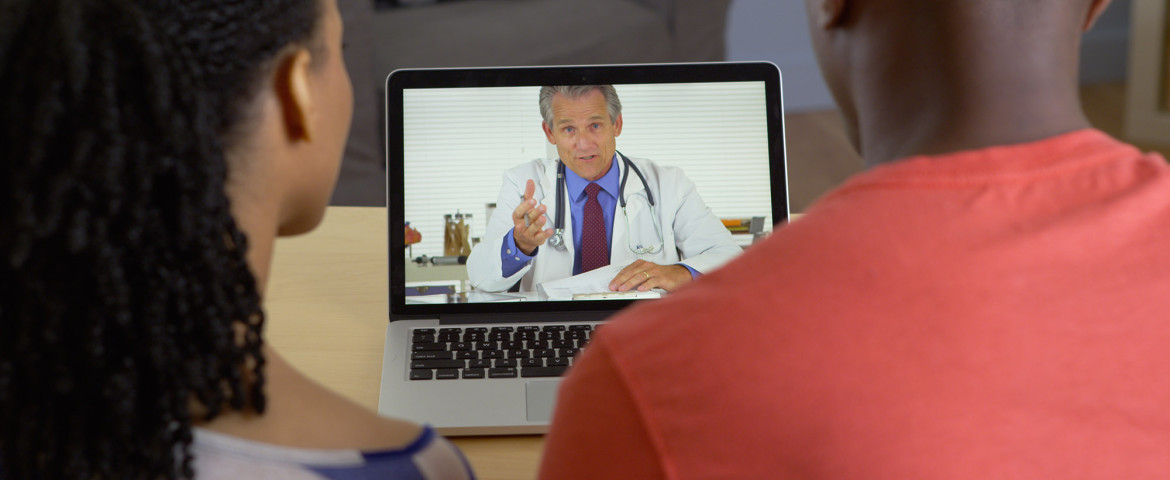When you think of something that would make your life easier, inevitably there is an app for that. You can request a driver, pay your friends at the moment the transaction occurs, quickly turn your favorite recipe into a shopping list, all with the touch of a button. And until now, health care has been lagging in its consumer conveniences. With telemedicine the health care industry is starting to break through.
Patients want quick and easy access to their provider. Health care providers are looking to increase office efficiencies and more opportunities to connect with their patients. Telemedicine is advancing in its capabilities to meet these needs. In fact, telemedicine is transforming how individuals and health care providers are able to tackle chronic conditions from afar, and with increased success rates.
You may be asking yourself what is telemedicine and how can I take advantage of it? Here’s what you need to know:
What is telemedicine?
Telemedicine is exactly as it seems. It is communication between a patient and a provider, outside of the four walls of the doctor’s office. Your doctor can monitor your health, deliver care and provide clinical education remotely. It all happens electronically. Information may be transferred through a traditional phone call, smartphone app, computer, tablet or any communications device.
The goal of telemedicine is to increase accessibility of care and improve the health of patients. Care received through telemedicine can be provided by any number of health care professionals, from physicians to nurses or pharmacists, depending on your need.
There are three main types of telemedicine emerging:
 Remote monitoring allows you to report specific vital signs, such as weight or blood pressure, from the comfort of your home. A clinical team monitors the daily reports and receives notification if there is an abnormality with your vital signs. You are then contacted to determine the cause and if additional care is needed.
Remote monitoring allows you to report specific vital signs, such as weight or blood pressure, from the comfort of your home. A clinical team monitors the daily reports and receives notification if there is an abnormality with your vital signs. You are then contacted to determine the cause and if additional care is needed.
Real-time interactive medicine can take place over the phone or online. It’s like a visit to your doctor or urgent care for a specific, non-emergent aliment, but done so from your couch or office. You can “meet” with the doctor over the phone or “face to face” if your smartphone or computer has video capabilities. While discussing your medical questions, the health care provider reviews your patient information and determines a possible treatment. They can then call in any necessary prescriptions to your local pharmacy.
Store and forward is a benefit not only for patients, but also for primary care providers and specialists. Many providers are now storing your medical information electronically on a telemedicine platform so the information is easily sharable. Upon your request, your provider can send your medical history to other specialists as background
The Start of Telemedicine
Interestingly, the idea of telemedicine started almost 40 years ago, and it was largely developed for individuals in the military and space technology, according to the World Health Organization. But the advancement of communications devices, specifically smartphones, has propelled the idea forward and made it feasible for telemedicine to be an option for the general public. Americans were quick to jump on board and take advantage of such services. The American Telemedicine Association reports nearly one million people in the U.S. are using remote monitoring. And more than 50 percent of hospitals throughout the country are currently using some form of telemedicine, and this health care trend continues to expand across the world.
How can I take advantage of telemedicine?
If you’re interested in using telemedicine, talk to your primary care physician. Discuss the benefits specific to your health care needs and which telemedicine options are available to you. Also, be sure to connect with your insurance provider to determine your coverage options.


